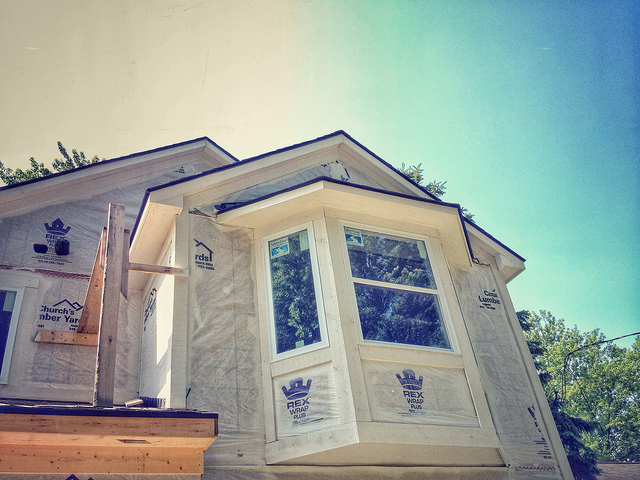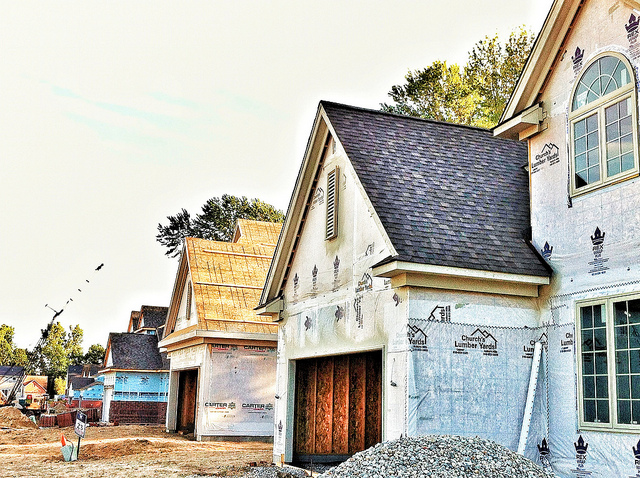Freddie Mac’s recently released December Insight & Outlook takes a look at how far the housing market’s recovery has come and where it may be headed as we enter 2016. According to the report, the economy has largely rebounded from the financial crisis. With unemployment declining, consistent economic growth, and a strengthening housing market, residential real estate and the economy have come a long way and the outlook is mostly positive heading into next year. But the report cautions that those same economic gains could also begin to pose a problem for potential home buyers, as rising mortgage rates and increasing home prices lead to declining affordability conditions. So what should buyers expect in 2016? Freddie Mac believes that a strong job market combined with pent-up demand will overcome the challenges of decreasing affordability. In fact, their outlook calls for a 3 percent increase in home sales over 2015’s total – which is on pace to be the best since 2007. They also believe that – though mortgage rates will begin to rise – they will remain historically low. Additionally, home price increases will begin to moderate, as new home construction rises and buyer demand falls. Overall, Freddie Mac expects the strength of the economy will help alleviate home buyers’ affordability concerns and that 2015’s momentum should carry into the coming year. More here.












